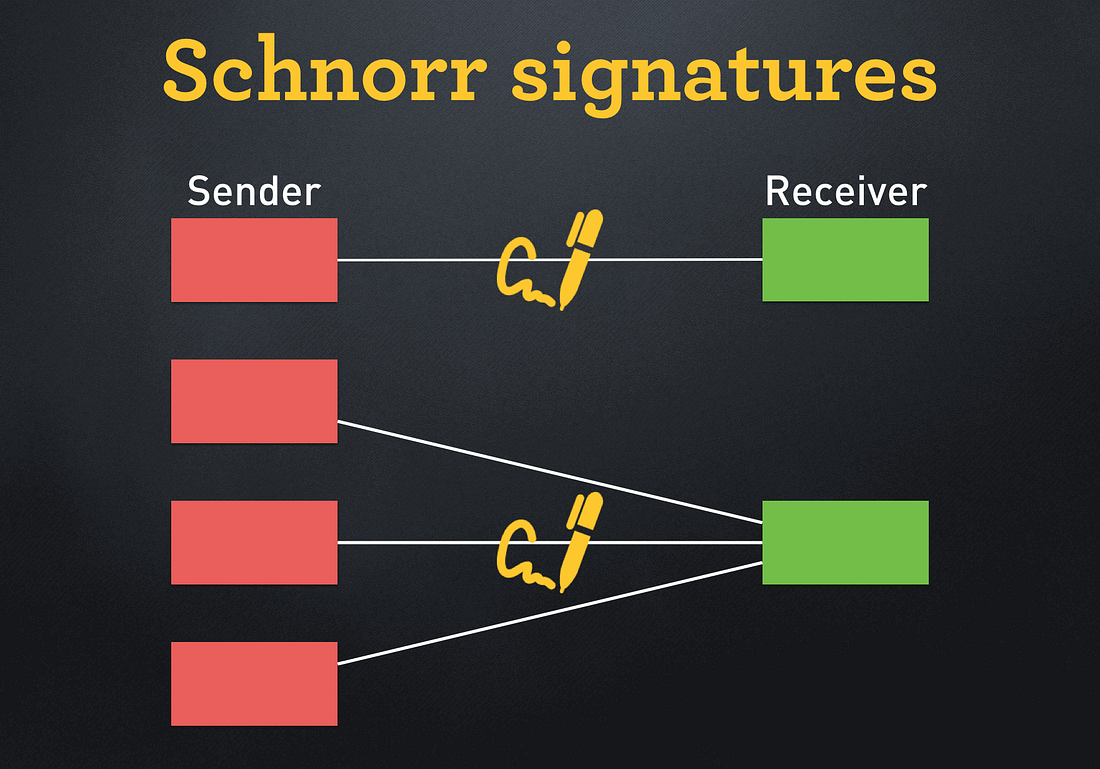
Have you ever wondered what it takes to get to the very top? A whole lot, right? A bit more than that. As if that’s not enough, it takes, even more, to remain at the top. This is the case for the two biggest cryptocurrencies — bitcoin and Ethereum.
Worth over a trillion dollars and more than half a trillion dollars respectively, bitcoin and Ethereum have been an example to every other cryptocurrency and blockchain project. Much of the developments around this space revolve around them. Ethereum’s ecosystem particularly houses countless cryptocurrency projects and its technology and management tactics have been copied by even more projects.
After the blockchain itself; Ethereum Virtual Machine (EVM) is arguably the most brilliant invention in the crypto space, following it closely is smart contract technology…also developed by Ethereum. Bitcoin represents a whole lot; more than just a technology, it represents an economic and political revolution. For this reason, the very top spot is well deserved. Apart from this, I’d tip Ethereum to go to the very top.
At the top, these two projects continue to refine their technology and set the pace for other projects. Recent developments and improvement proposals have seen the bitcoin blockchain get even more potent and the Ethereum blockchain is set to undergo one of its biggest upgrades ever.
In a move that hopes to ‘solve’ cost and efficiency issues, the Ethereum blockchain will be moving from Proof of Work to Proof of stake. The upgrade to Ethereum 2.0 also known as SERENITY is expected to bring moment-defining changes to the Ethereum ecosystem. This upgrade changes Ethereum’s consensus algorithm to proof of stake.

The move to proof of stake is expected to add more flexibility to the Ethereum blockchain, a feature it terribly lacks. Proof of work algorithm is a complex computing protocol. Running a node for a proof of work blockchain requires enough computing power and of course, a whole lot of electrical energy. Working on computer resources, proof of work operations pile pressure on the device resources, store an enormous amount of data, and consume the device memory in an outrageous manner. Poorly scaling blockchains like Ethereum and bitcoin would consume double to three-digit gigabytes on your device and heat up the device.
Proof stake algorithm is energy-conserving in all aspects. Due to its memory friendliness and relative simplicity, it makes judicial use of computing resources. Staking process also provides a more flexible token generation algorithm in contrast to the very complex proof of work. Getting rid of the mining process saves the electrical power required to mine tokens.
Moving to POS spares Ethereum blockchain from this turmoil, guess that’s why it was named SERENITY! Well, it’s serenity and peace at last for Ethereum believers and skeptics. An amazing move…arguably.
Elsewhere, bitcoin has just completed its first upgrade since 2017.
At block 709,632, bitcoin’s Taproot upgrade went live. Bringing into life what has been described as the biggest bitcoin upgrade since its inception the Taproot upgrade is bitcoin blockchain’s first upgrade in the last four years. Over five months of thorough testing and optimization, the Taproot finally grows out!
In addition to the current “Elliptic Curve Digital Signature Algorithm” (ECDSA), the Taproot upgrade introduces the “Schnorr signatures”. ECDSA creates a signature from the private key that controls a bitcoin wallet and ensures that bitcoin can only be spent by the rightful owner. When used to sign multiple-signature transactions, the Schnorr signature algorithm adds a privacy layer to multi-signature transactions.
‘Privacy layer’ might sound too complicated for what the Schnorr signature actually does. The Schnorr signature combines the signatories of a multiple-signature transaction into one signature. The individual signatories in this transaction are a little bit more ‘hidden’ as the transaction is represented with only one signature.

In addition to improved privacy for multisig transactions, the Schnorr signature can be used to significantly reduce the size of multisig payments and other multisig-related transactions, for example lightning channel transactions. It not only makes these transactions more private and secure; trimming the size of the transactions’ data makes for more efficiency in execution.
I’d say the Schnorr Signature is the real game-changer. Currently, smart contracts can be created on bitcoin’s core protocol layer and also on the Lightning Network. The lightning network is a payment platform built on bitcoin, it improves bitcoin transaction speed and enables almost instant transactions. Smart contracts on the Lightning Network are notably faster and less costly when compared to smart contracts on the bitcoin core blockchain.

By compressing multiple signatures into a single signature and greatly reducing the size of multiple signature transactions, the Taproot upgrade is set to add a whole new level of efficiency and speed to smart contracts on the bitcoin core blockchain and the lightning network as well.
Taproot makes bitcoin stronger; Serenity will restore orderliness on the Ethereum blockchain. Two game-changers, occupy the topmost position. Developments in these two projects means a lot to the overall growth of the crypto space. With the Schnorr signature, bitcoin will power relatively more efficient applications, gain even more utility and more adoption. If successful, the Serenity upgrade will solve the biggest issues limiting Ethereum blockchain’s adoption. Either way, these two projects won’t be matching the breaks any time soon.
Leave a Reply